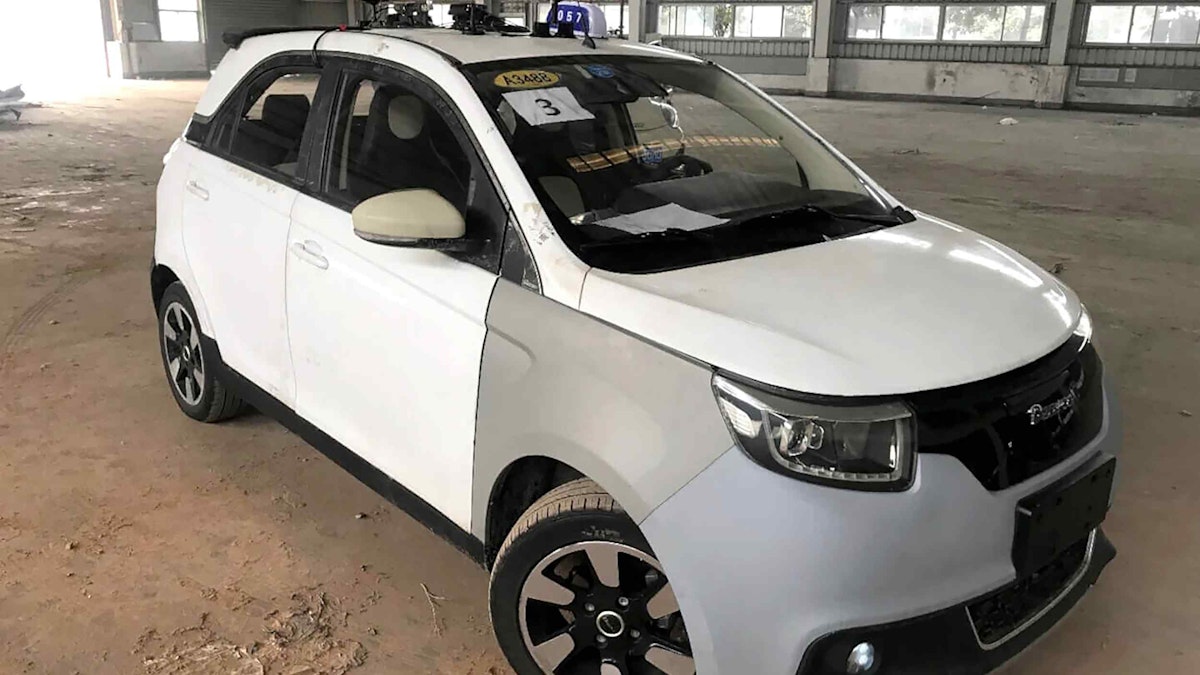Table of contents
Browse categories
Browse authors
 AB
ABAlberto Boffi
 AL
ALAlessia Longo
 AH
AHAl Hoge
 AB
ABAljaž Blažun
 BJ
BJBernard Jerman
 BČ
BČBojan Čontala
 CF
CFCarsten Frederiksen
 CS
CSCarsten Stjernfelt
 DC
DCDaniel Colmenares
 DF
DFDino Florjančič
 EB
EBEmanuele Burgognoni
 EK
EKEva Kalšek
 FB
FBFranck Beranger
 GR
GRGabriele Ribichini
Glacier Chen
 GS
GSGrant Maloy Smith
 HB
HBHelmut Behmüller
 IB
IBIza Burnik
 JO
JOJaka Ogorevc
 JR
JRJake Rosenthal
 JS
JSJernej Sirk
 JM
JMJohn Miller
 KM
KMKarla Yera Morales
 KD
KDKayla Day
 KS
KSKonrad Schweiger
Leslie Wang
 LS
LSLoïc Siret
 LJ
LJLuka Jerman
 MB
MBMarco Behmer
 MR
MRMarco Ribichini
 ML
MLMatic Lebar
 MS
MSMatjaž Strniša
 ME
MEMatthew Engquist
 ME
MEMichael Elmerick
 NP
NPNicolas Phan
 OM
OMOwen Maginity
 PF
PFPatrick Fu
 PR
PRPrimož Rome
 RM
RMRok Mesar
 RS
RSRupert Schwarz
 SA
SASamuele Ardizio
 SK
SKSimon Kodrič
 SG
SGSøren Linnet Gjelstrup
 TH
THThorsten Hartleb
 TV
TVTirin Varghese
 UK
UKUrban Kuhar
Valentino Pagliara
 VS
VSVid Selič
 WK
WKWill Kooiker
Autonomous Emergency Braking (AEB) Test

April 8, 2023

Introduction
Our customer, a new manufacturer of Electric Vehicles, needs to validate the performance of the ADAS (Advanced Driver Assistance Systems) functions of their products. The AEB (Autonomous Emergency Braking) test was performed according to the GB/T 33577-2017 standard. The following tests were done mainly on the test field:
Record the AEB’s commands via CAN & video and display them live during testing
Constantly measure the distance between the subject vehicle and the target vehicle
Stationary POV test. This test evaluates the ability of the FCW function to detect a stopped lead vehicle. In order to pass the test, the FCW alert must be issued when the time-to-collision (TTC) is at least 2.1 seconds.
The data acquisition and measurement setup
DAQ system
DEWE-43 data acquisition system
R2DB data acquisition system (works as RTK station)
Sensors and transducers
DS-IMU2 inertial measurement unit
DS-VGPS-HSC 100 Hz GPS sensor
DS-WIFI2 wireless communication package
Logitec C920 web cameras (3x)
Software
DewesoftX
DewesoftX Polygon plugin
AEB test setup
The CAN acquisition, video, DS-IMU2, and DS-VGPS-HSC devices have been configured in the DewesoftX software. We also need to define the Subject vehicle, the Front vehicle, and the route in the Polygon plugin. Clearance and TTC can be calculated by polygon and math functions.
Data measurement and analysis
When the customer did the test, he could see important parameters (velocity, clearance, TTC, and so on) online clearly. When the customer finished the test, he was able to see more details. Everything is recorded synchronously.
Test conclusion
The whole measurement took less than one day. We installed all the devices and sensors in the morning. The real tests were performed in the afternoon.
The customer’s Electric Vehicle could pass the test, but we couldn’t get all AEB data from the CAN port, because the manufacturer doesn’t output all parameters. The customer is satisfied with fast installation, easy setup, and powerful online data processing.